There’s nothing quite like the thrill of snowboarding carving through fresh powder, feeling the crisp mountain air, and soaking in breathtaking alpine views. But for every snowboarding adventure to be truly memorable, safety is key. While it’s tempting to push limits on the slopes, avoiding injury requires more than just enthusiasm it demands a smart, strategic approach. In this guide, we’ll explore how you can shred like a pro while staying injury free, so every run is a safe and exhilarating experience.

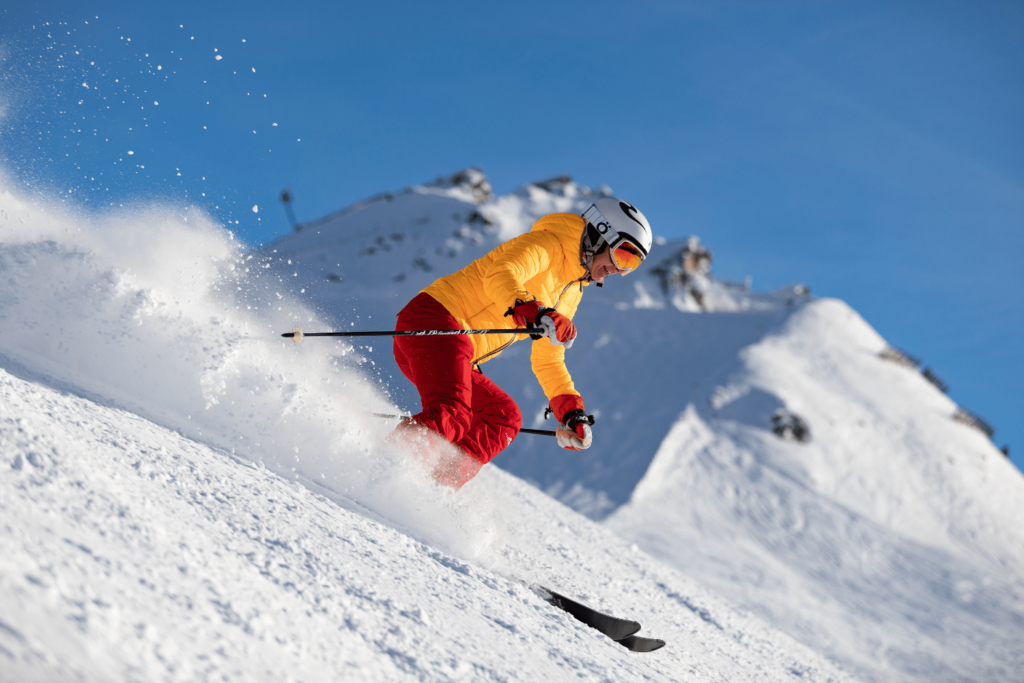

Like any great endeavour, snowboarding begins with mastering the basics. Core skills like balance, edging, and turning are the pillars of snowboarding success. For beginners, it’s crucial to learn these on gentler slopes before attempting more challenging terrain. Balance, especially, plays a huge role in snowboarding keeping yourself centred on the board allows you to make quicker, more stable movements. Exercises that improve balance, such as planks, yoga, and single-leg drills, will build the control needed to respond to the ever-changing mountain landscape.
Equipped with these fundamental skills, you’ll soon notice a difference in your performance. The more you strengthen your balance, the more confident and agile you’ll feel on the board. Not only will this reduce the risk of falls and stumbles, but it’ll also enable you to fully enjoy the freedom that snowboarding offers.
To snowboard like a pro, you’ll need strength in all the right places. Snowboarding places heavy demands on your legs, core, and shoulders, making targeted strength training essential. Exercises like squats and lunges will develop powerful leg muscles, which help with stability and control. For an explosive edge, try plyometric exercises like box jumps these will improve your ability to make quick turns and handle jumps with finesse.
A strong core is equally important, as it supports your posture and helps absorb impact on rough terrain. Engage in core exercises like Russian twists and side planks, which build the rotational strength needed to maintain balance and control on the board. And don’t forget your upper body moves like shoulder presses and rows will keep your arms and shoulders strong, giving you greater control as you navigate obstacles.
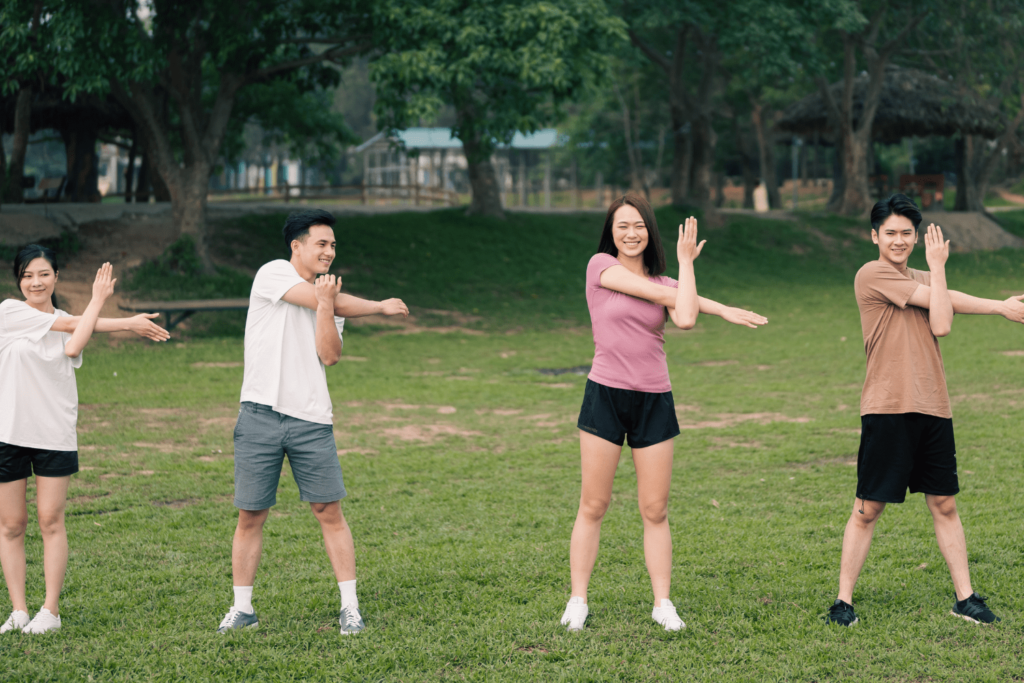
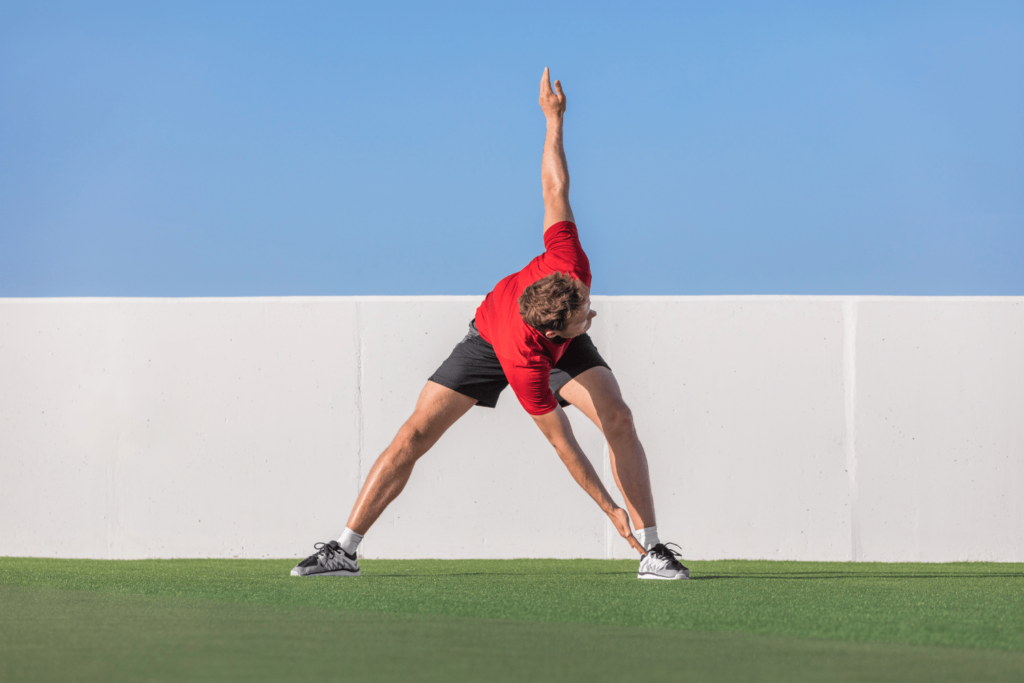
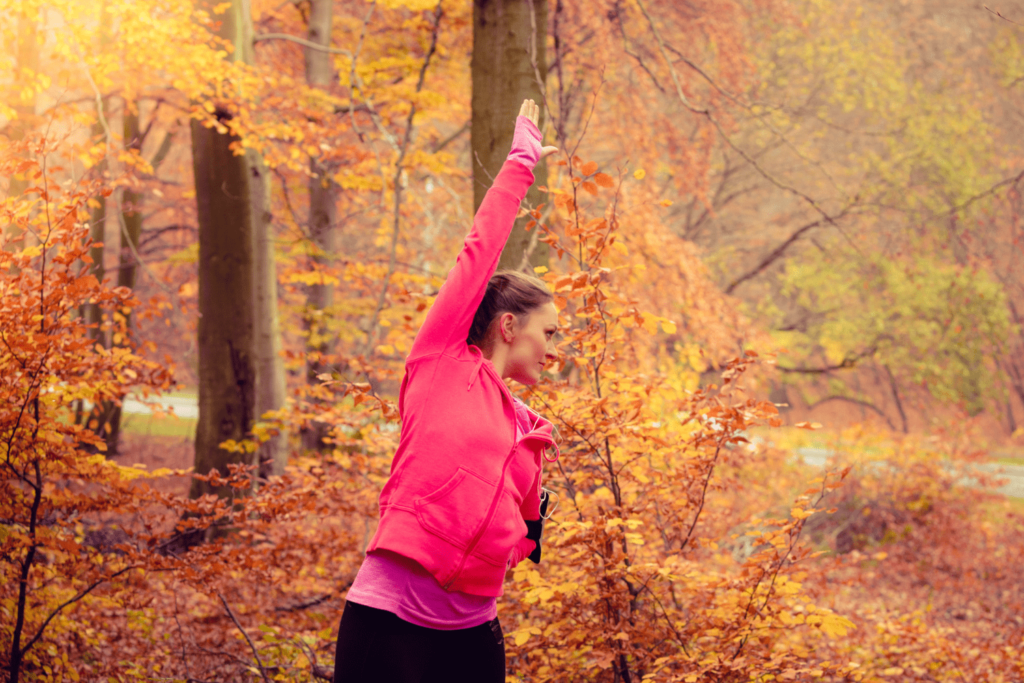
Flexibility might not be the first thing that comes to mind when preparing for snowboarding, but it’s vital. With the dynamic movements involved in snowboarding, being flexible allows you to react smoothly to sudden shifts in terrain. Before you hit the slopes, warm up with dynamic stretches like leg swings and arm circles. These prepare your muscles for action and reduce the chance of injury.
After a session, static stretching can help your muscles relax and recover. Pay special attention to your quads, hamstrings, and hips, as they endure the brunt of the action. By improving your flexibility, you’re not just enhancing your range of motion; you’re giving your body the ability to adapt quickly, making each run smoother and reducing soreness after a long day.
No matter your skill level, refining your technique is essential to safe snowboarding. Perfecting your stance is a great place to start keep your knees slightly bent and your weight balanced over the board. This position provides stability and makes it easier to respond to changes in slope conditions. For those eager to add speed, it’s tempting to lean forward, but doing so without control can lead to spills. Instead, work on making smooth, controlled turns that allow you to maintain speed while staying in control.
Effective technique is about more than just looking good on the board it’s about protecting yourself from injury. By staying centred and fluid in your movements, you’re minimising the risk of strains, sprains, and falls. Once you have this foundation, you’ll find that your confidence grows, and each run feels less like a challenge and more like second nature.
With all its thrill, snowboarding also comes with a unique set of risks. The most common injuries wrist fractures, ankle sprains, and knee strains can often be prevented with the right techniques and protective measures. For example, learning to fall safely is one of the best ways to avoid wrist injuries. Rather than using your hands to break a fall, try to absorb the impact with your forearms or roll to distribute the force. This simple adjustment can drastically reduce the likelihood of wrist fractures.
Ankles, too, are vulnerable, especially during jumps. Investing in high-quality, supportive boots will provide the stability needed to reduce strain. Knee injuries, often caused by quick twists, can be prevented by strengthening the muscles around the joint. And, of course, always wear a helmet. Even if you feel confident, unexpected falls happen, and a helmet provides essential protection against head injuries.
In snowboarding, quality gear isn’t just a style statement it’s a necessity. A well-fitting helmet, wrist guards, knee pads, and supportive boots are essential for a safe experience. Your boots, especially, should feel snug but not tight, providing enough mobility to make sharp turns while offering solid ankle support. Wrist guards are great for beginners prone to forward falls, as they protect against one of the most common injuries in the sport. Investing in reliable, well-fitted gear ensures you’re prepared for the demands of the mountain.

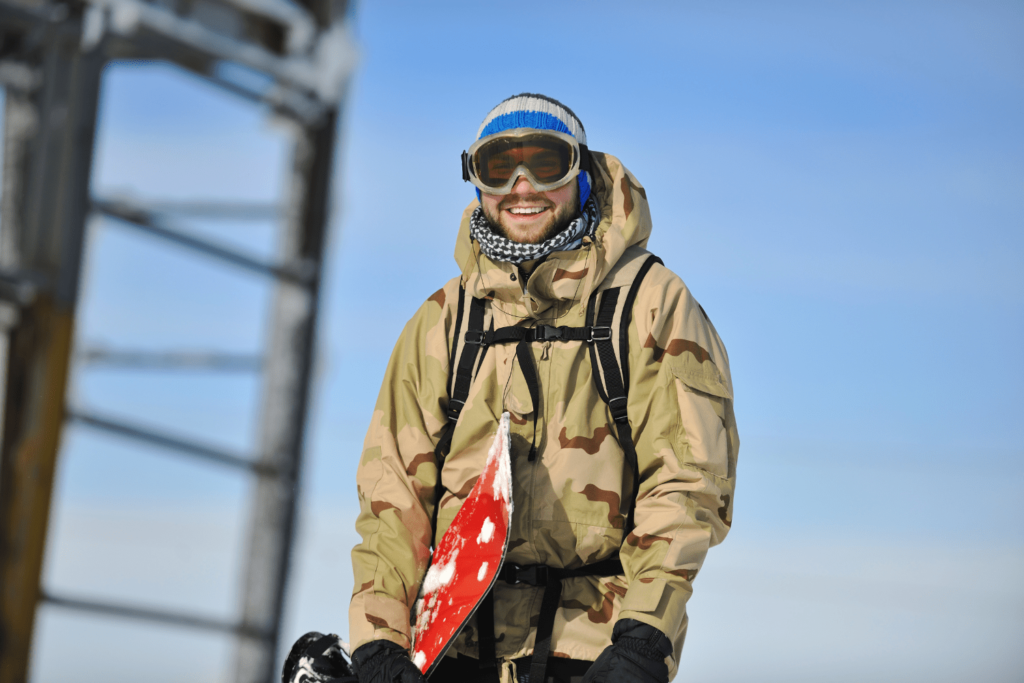
Snowboarding is intense, and it requires sustained energy. Start your day with a balanced breakfast rich in complex carbohydrates, like oatmeal or whole-grain toast, to provide lasting fuel. As you take breaks, snack on protein rich foods such as nuts or cheese to replenish muscle energy. And don’t forget hydration while cold weather can mask dehydration, snowboarding requires as much water as any summer sport. Pack an insulated water bottle to ensure easy access to water even in subzero temperatures.
Snowboarding demands both energy and endurance, so giving your body time to recover is crucial. Soreness is common after a long day on the slopes, so listen to your body and take rest days if needed. Quality sleep allows muscles to repair and prepare for another day on the mountain. On rest days, light stretching, foam rolling, or a warm soak can relieve muscle tightness. If you experience persistent soreness, consider a massage or physiotherapy session to keep muscles limber and joints flexible.
Snowboarding is as much a mental sport as it is physical. Before each run, take a moment to visualise your route, anticipating turns and potential obstacles. Staying mentally alert helps you adapt to sudden changes in the slope and reduces the chance of unexpected falls. Practising mindfulness techniques like deep breathing can also keep you calm and focused. With a clear mind and steady nerves, you’ll not only perform better but also respond more effectively to any challenges the mountain throws your way.
Snowboarding is the ultimate combination of sport, scenery, and self expression. When you’re prepared, every run can be a thrilling, fulfilling experience. By building strength, refining your technique, and staying mindful of safety practices, you’re setting yourself up for countless safe and exhilarating snowboarding adventures. So, enjoy the thrill, stay in control, and let every turn remind you of the joy and freedom that make snowboarding such an extraordinary sport.
Elevate your performance with Apex Sports Clinic! Schedule an appointment today for personalized, expert care in optimizing your athletic potential.


